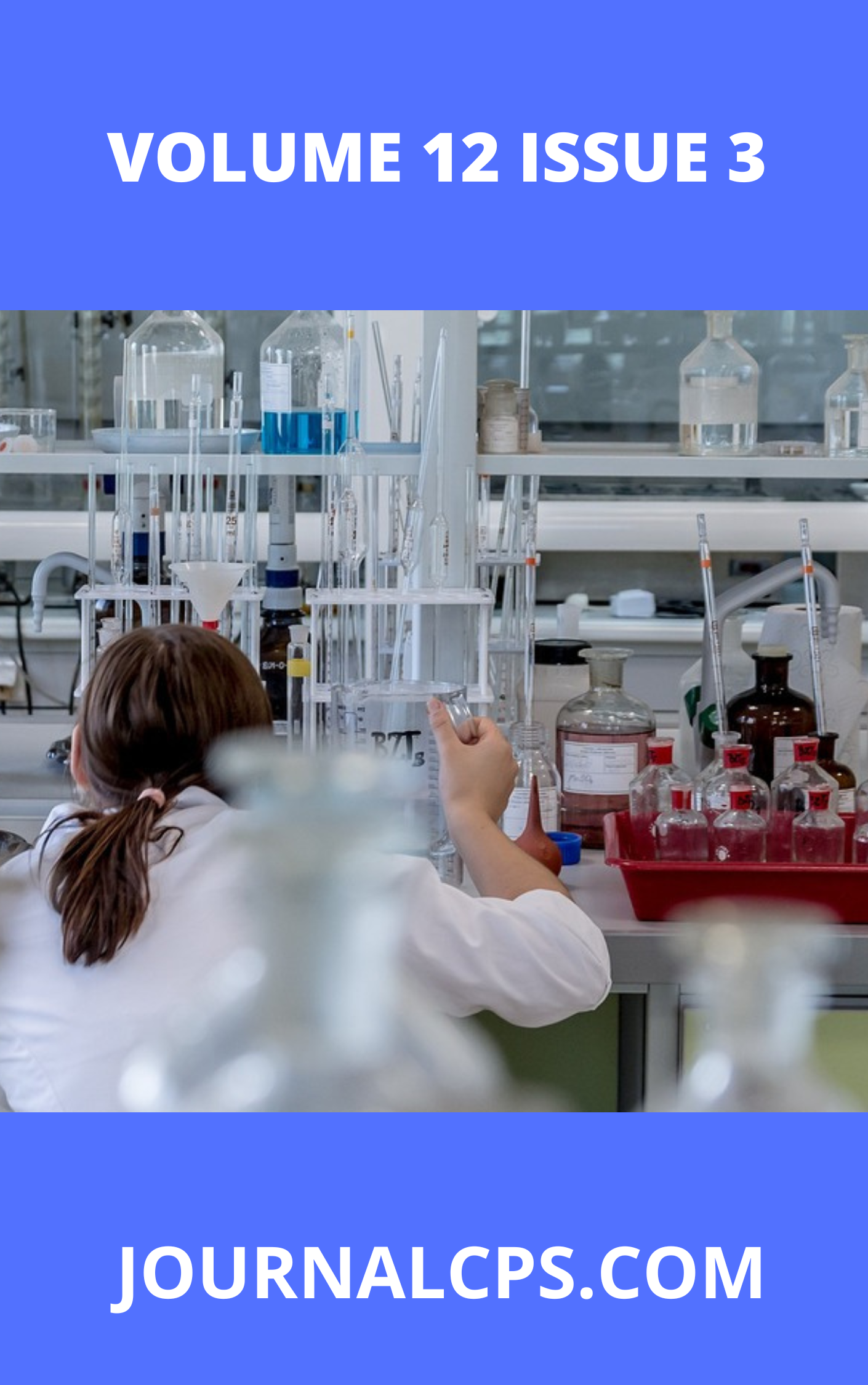Investigation of Acanthus montanus Leaves Extract as Corrosion Inhibitor for Copper in 2 M Sulphuric Acid
Keywords:
Copper, corrosion inhibition, sulphuric acid Acanthus montanusAbstract
This study investigates the corrosion inhibition potential of Acanthus montanus leaves extract (AMLE) on copper in 2 M H₂SO₄ solution. Corrosion is a significant issue for materials in industrial environments, leading to material degradation and economic losses. This study aims to explore the use of AMLE as a green inhibitor to mitigate copper corrosion, aligning with the increasing demand for environmentally friendly solutions. The inhibitory performance was evaluated using weight loss measurements, electrochemical polarization, and electrochemical impedance spectroscopy (EIS). Additionally, adsorption and activation studies were conducted to elucidate the inhibition mechanismIn the experimental setup, copper coupons were immersed in 2 M H₂SO₄ containing different concentrations of AMLE (0.1–0.5 g/L). The results reveal that AMLE significantly reduces the corrosion rate of copper, with inhibition efficiency (%IE) increasing with extract concentration. The weight loss method showed a maximum inhibition efficiency of 81.51% at 0.5 g/L of AMLE. However, inhibition efficiency decreased with increasing temperature, suggesting a temperature-sensitive adsorption process. Electrochemical polarization studies indicated that AMLE acts as a mixed-type inhibitor, reducing both anodic and cathodic corrosion reactions. EIS results demonstrated that AMLE functions by forming a protective layer on the copper surface, with charge transfer resistance increasing proportionally with extract concentration. The FT-IR and SEM analyses confirmed the formation of a protective film comprising extract molecules adsorbed onto the copper surface. Activation energy (Ea) values for the inhibited systems were consistently higher than those of the uninhibited system, indicating that AMLE reduces the corrosion rate by increasing the energy barrier for the corrosion process. The observed increase in activation energy with extract concentration supports a physical adsorption mechanism. Adsorption studies showed that the process is spontaneous and endothermic, with the data fitting well into the Langmuir isotherm model, further supporting physical adsorption. This study highlights the potential of AMLE as a cost-effective and eco-friendly corrosion inhibitor for copper in acidic environments. The extract's ability to form a stable protective layer and its mixed-type inhibition behavior make it a promising alternative to synthetic inhibitors, particularly in industrial applications where environmental safety is a priority.
Downloads
Published
Issue
Section
Similar Articles
- Bako Myek, Spectrophotometric Investigation of the Redox Reaction of Acid Green 1 with Periodate Ion in Aqueous Acid: Kinetics and Mechanistic Approach , Communication In Physical Sciences: Vol. 10 No. 2 (2023): VOLUME 10 ISSUE 2
- Edet O. Odokwo, Ngozi M. Uzoekwe, Gas Chromatography-Mass Spectrometry Vernonia Hymenolepis Analysis of the Solvent-Solvent Extract of Vernonia Hymenolepis Leaves , Communication In Physical Sciences: Vol. 8 No. 4 (2022): VOLUME 8 ISSUE 4
- Kabiru Usman, H. Abba, O. R. A. Iyun, Preparation and Characterization of African Star Apple Seed Shell (Chrysophyllum Africanum) For The Removal of Acid Red 9 , Communication In Physical Sciences: Vol. 8 No. 1 (2022): VOLUME 8 ISSUE 1
- I. Usman, Modification of White Method for Quantitative Evaluation of 5hydroxymethylfurfural in Honey , Communication In Physical Sciences: Vol. 5 No. 1 (2020): VOLUME 5 ISSUE 1
- Nde, Ndifreke Bassey, Inyang, Solomon Patrick, Studies on the Levels of Heavy Metal Ions in Stream and Borehole Water within Ibiaku Osuk Settlement, Akwa Ibom State, Nigeria , Communication In Physical Sciences: Vol. 7 No. 3 (2021): VOLUME 7 ISSUE 3
- Felicia Ndidi Ejiah, Tolulope Mojisola Fasina, Neerish Revaprasadu , Folasade Tolulope Ogunsola, Oluwole Babafemi Familoni, Investigation of Some Novel Schiff Base Copper(II) Complexes of 2-aminophenol and ortho Substituted Benzaldehydes as Potential Antiseptic Agents , Communication In Physical Sciences: Vol. 11 No. 2 (2024): VOLUME 11 ISSUE 2
- Onyinyechi Uloma Akoh , Henry Nnanyere Nwigw, Stella Mbanyeaku Ufearoh , Evaluation of Acute Toxicity and Antidiarrheal Activity of Hunteria umbellata Mesocarp Extract: Preclinical Study , Communication In Physical Sciences: Vol. 11 No. 2 (2024): VOLUME 11 ISSUE 2
- Yakubu Azeh, Monday Musah, John Tsado Mathew, Ameh Ohiga Alfa Ebune, Fatima Ibrahim, Umar Musa Tanko, Muhammad Umar Badeggi, Aliyu Ahmed Ibrahim, Abdulkarim Mohammed Awwal, Aishetu Ibrahim Muhammad, Karima Tani Muhammad, Ismail Haruna, Nasiru Ibrahim, Preparation of Conductive Antibacterial Film of Organoclay Origin , Communication In Physical Sciences: Vol. 12 No. 1 (2024): VOLUME 12 ISSUE 1
- A.D. Onu, Reduction of Trioxobromate(V)Ion By [Cohedtaoh21- in Acid Medium : Kinetics and Mechanism , Communication In Physical Sciences: Vol. 1 No. 1 (2010): VOLUME 1 ISSUE 1
- Onyeije Ugomma Chibuzo, Augustine Odiba Aikoye, Chemical Information from GCMS Analysis of Acetone-Ethanol Ex-tract of Piper guineense Leaf. Part 2 , Communication In Physical Sciences: Vol. 5 No. 4 (2020): VOLUME 5 ISSUE 4
You may also start an advanced similarity search for this article.




